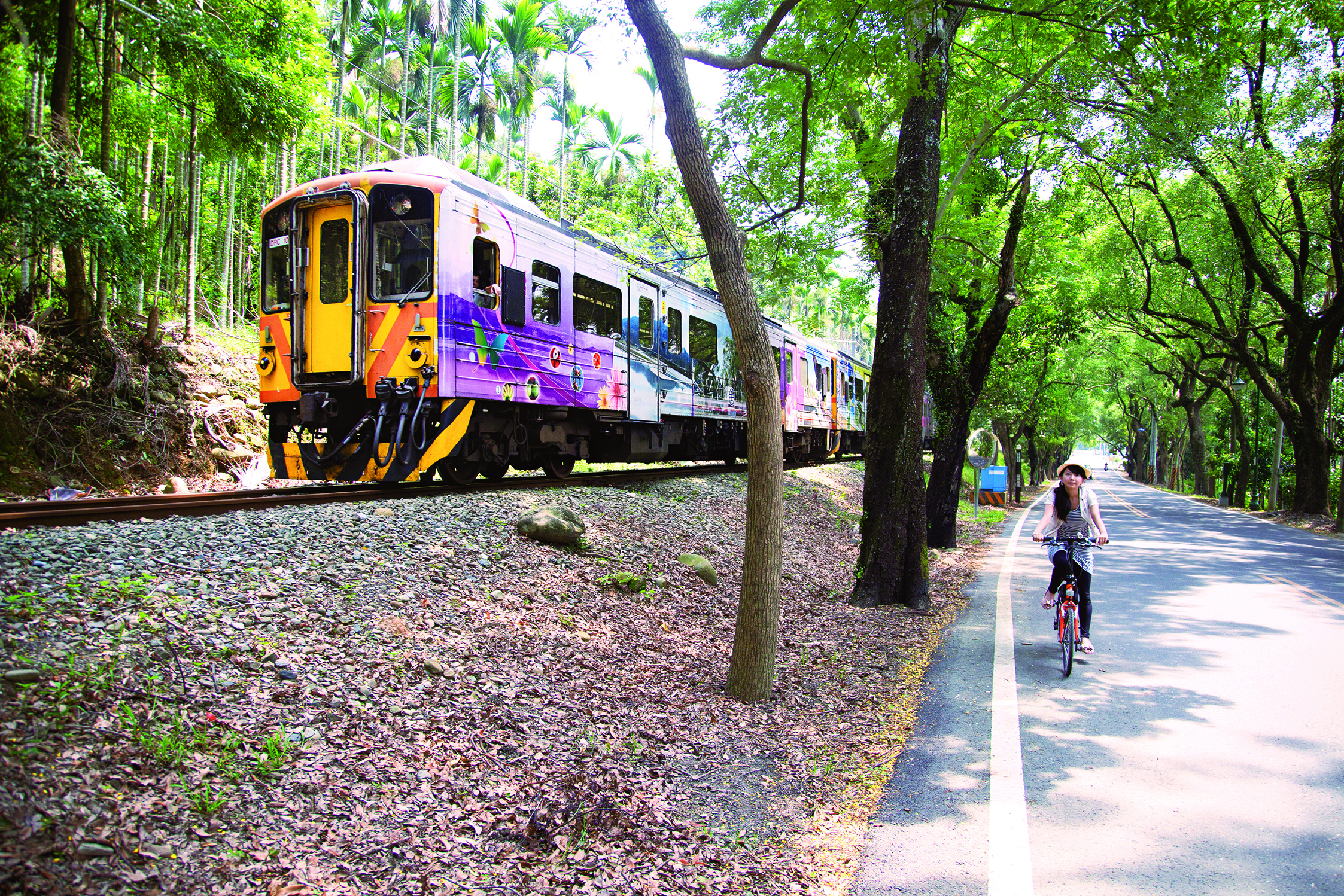
[Rail Travel] Riding the Jiji Line
There's something almost indescribably alluring about traveling by rail. The slow lurch of the cars as they are coaxed into motion by the pull of the engine. The clickety-clackety sound of the wheels running over the small gaps between rails. The changing landscapes seen from the comfort of your carriage.
In Taiwan a number of different railway services are available, each catering to different kinds of travelers. Business travelers on trips between major cities on the island’s west side, for example, might prefer the faster and more expensive High Speed Rail system, a bullet-train service that connects the city of Taipei in the north with Kaohsiung in the south. The fastest trains take just 90-plus minutes to travel between these two major metropolitan areas.
Travelers who aren't in so much of a hurry and want to save a bit on ticket cost might board a train of the Taiwan Railways Administration (TRA) service. TRA operates the regular rail service, with its lines forming a loop around the island. The Puyuma Express and Taroko Express trains are its fastest and most modern. Other train types are Ziqiang, Juguang, Fuxing, and EMU (Commuter), the last of which is the slowest and most inexpensive, with stops at every station along its routes.
Most TRA trains ply the main lines on the western plains and along the coasts, allowing travelers to circumnavigate the whole island. There are, however, also a number of branch lines that connect to places further inland, notably the towns of Pingxi and Neiwan in the north, Jiji in central Taiwan, and the Alishan region in the central-south. Today popular with tourists, these lines where originally built for industries such as logging and mining. The old sawmills and mining operations are mostly gone or closed down now, with many of those remaining having fallen into neglect or disrepair. Some have been preserved, however, providing visitors with a clearer glimpse of life in times gone by.
Recently I went on a trip to explore one of the branch lines – the Jiji Line in central Taiwan’s Changhua and Nantou counties. This line has been in near constant operation for almost a century. Since construction was completed in 1921, service between some stations has only been halted twice, for a three-year period from 1999 to 2002 due to damage caused by the devastating Jiji Earthquake, and due to repair work on several tunnels in 2010. Other than those instances, trains have rolled smoothly, taking travelers through the peaceful and scenic countryside of this part of central Taiwan.
Trains on the line, which is just under 30 kilometers long, start in the west at the town of Ershui in Changhua County before crossing over into Nantou County, making stops at the Yuanquan, Zhuoshui, Longquan, Jiji, Shuili, and Checheng stations. The trains consist of just a few cars; the railway itself is a single-track narrow-gauge line. Tourists will often get off at stations along the way, explore the surroundings, and hop on the next train to continue their rides (there are services about every 80 minutes; a single ticket from Ershui to Checheng is NT$45, a day ticket NT$90). The full trip, one way, takes just a little over 40 minutes, but if getting on and off at the various stations, plan to spend the whole day.